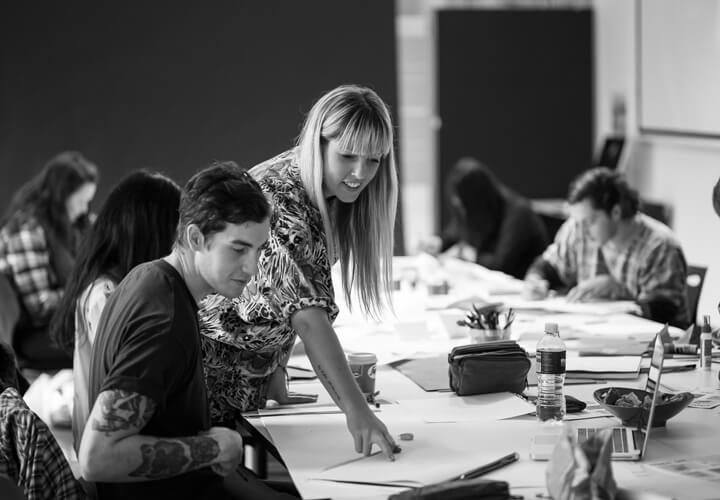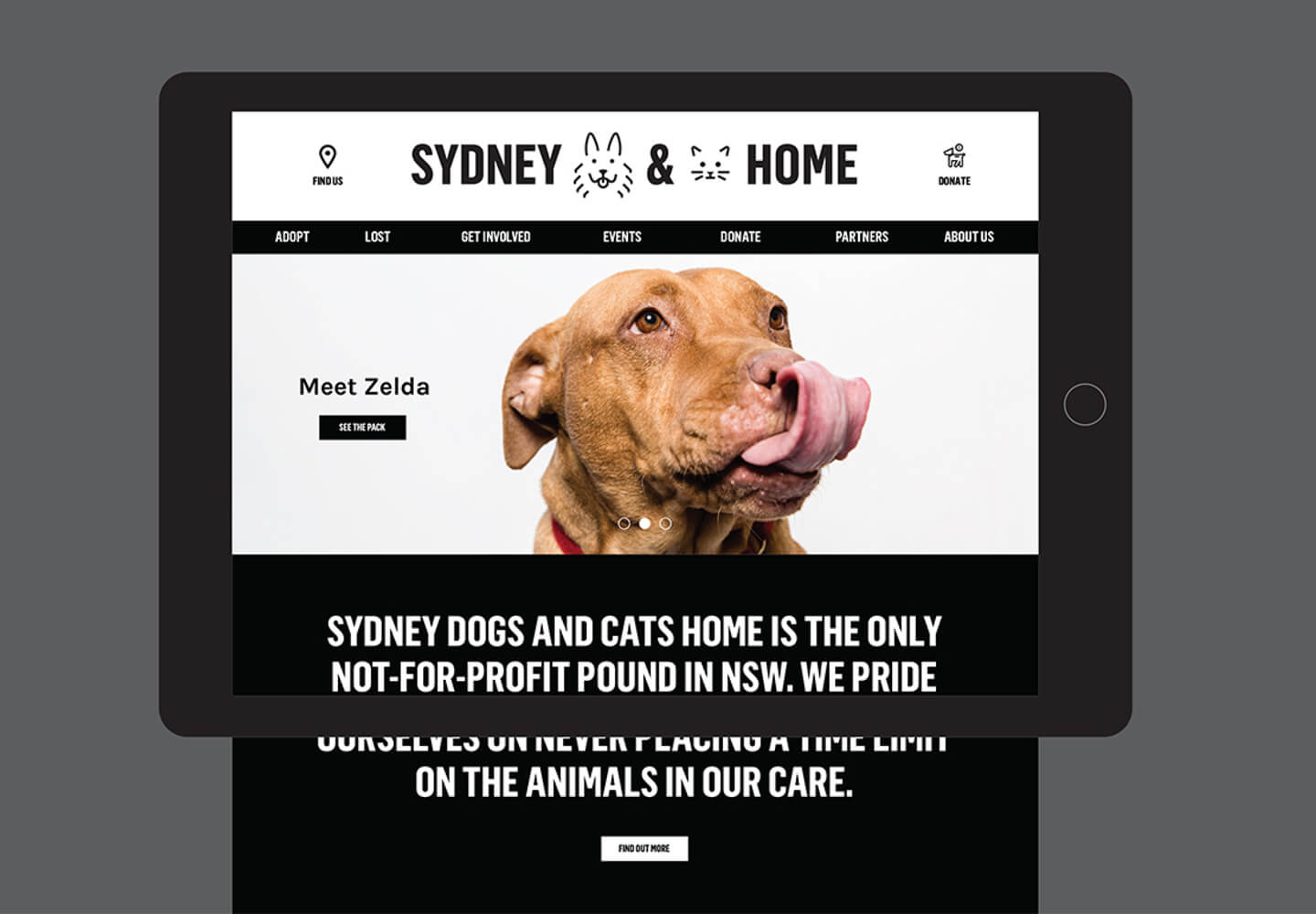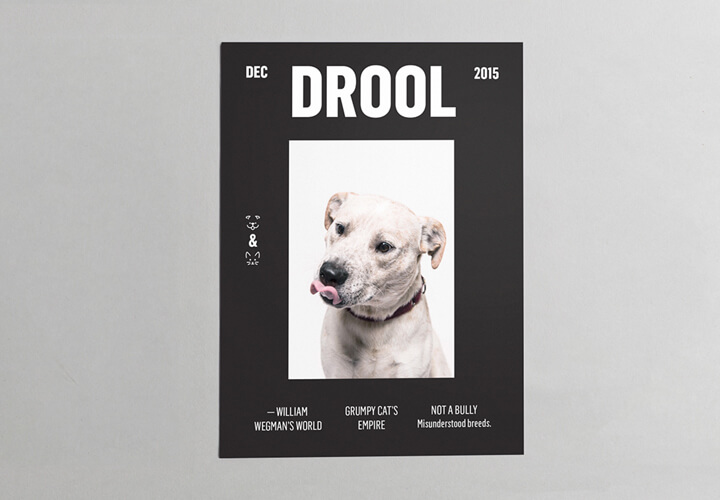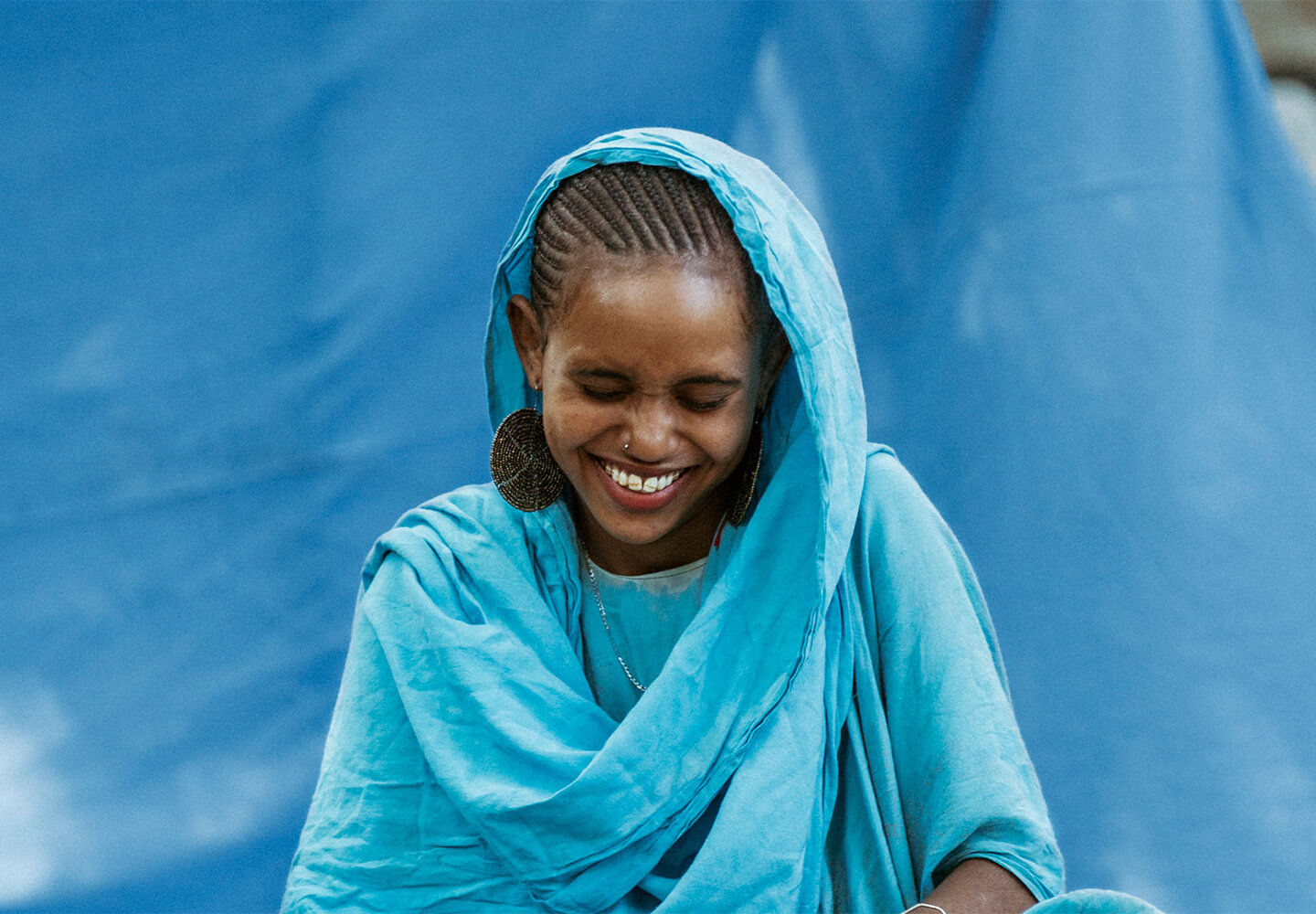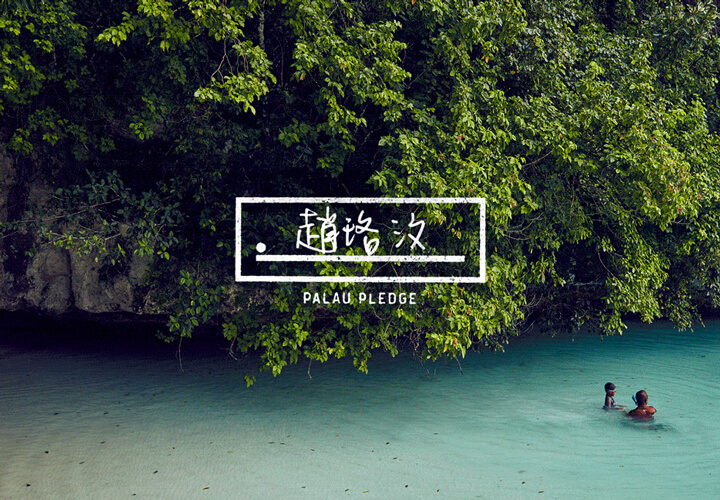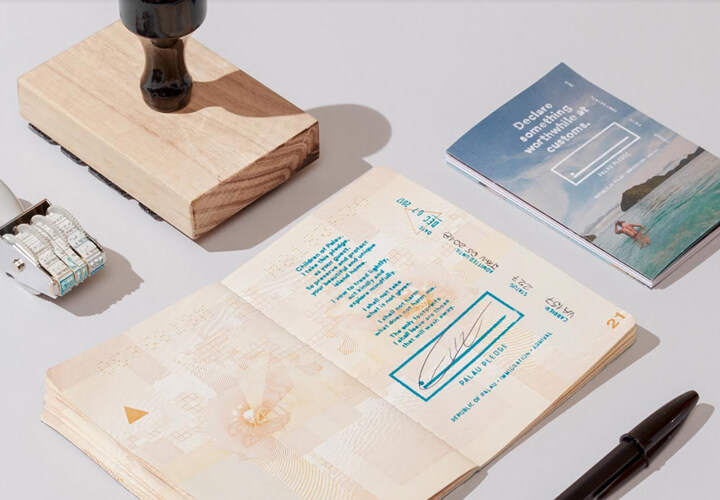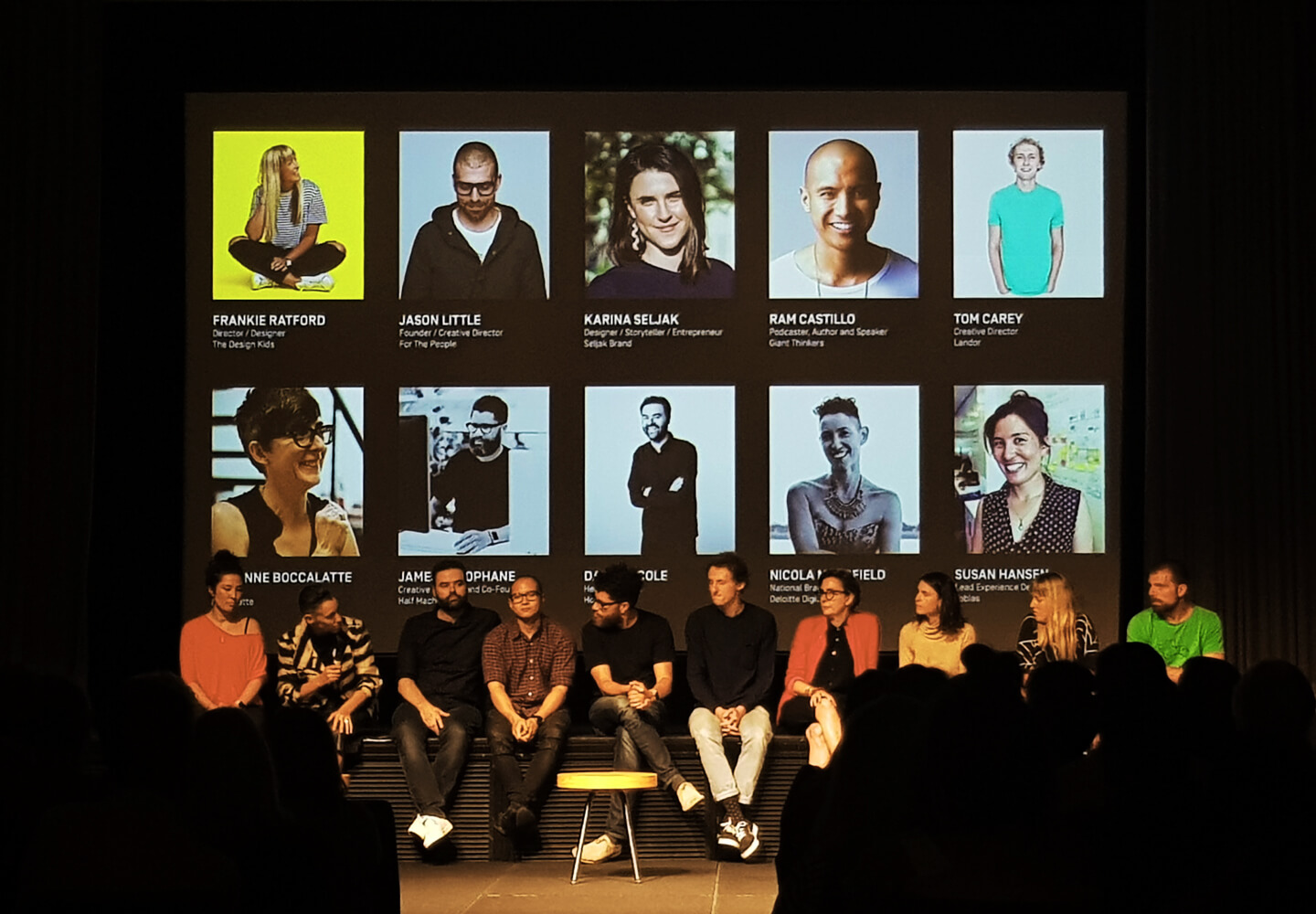This week, some of our team went along to AGDA’s Pecha Kucha evening at Powerhouse Museum. The event focused around ‘positive impact’ and the role designers play in creating a meaningful future.
With an amazing line up of 10 leading creatives (who had the challenge of explaining themselves with 20 images with 20 seconds per photo) we were in for an inspiring night!
Frankie Ratford, founder and vibrant personality behind The Design Kids, gave an overview of how she created one of the largest global resources for graphic design students. Working to her strengths, Frankie was able to find the balance between creating an online resource and an offline community.
Tom Carey, creative director at Landor, confessed he never got into graphic design to make a positive impact, he simply loved alphabets. Thinking outside the box to solve problems in a unique way, Tom displayed how thinking differently with a touch of humour can encourage action and can have amazing results.
Susan Boccalatte, director of Boccalatte, became a designer to change the way people think. “I’ve been thinking a lot lately about female futures, and I think in many ways designers and females are facing the same challenges.” She talked about how we not only need to understand the system to change it, we need to approach problems with a multi-focus to create something of value for all of us.
Jason Little, co-founder of For the People talked about happiness and showed us how your passions can become your work, leading to fulfilling projects that can make a difference, no matter how large or small. “People think there is a division between work and life—the whole work/life balance thing. But, you deserve to be happy when you’re at work.” Taking his passion for dogs to transform the way Sydney Dogs and Cats Home communicates with the public, Jason’s rebrand (pictured above) captured the personality of the animals allowing their marketing to give people something to latch on to.
Next up was Karina Seljak, one half of Seljak Brand, making recycled merino wool blankets from factory offcuts. She challenged us to use our creativity to think differently about some of the problems we face today, and discussed how creatives are able to see what no one else can: “Take your problem and in your solution be fun, funny, or good-looking and you’ve got a movement.”
Ram Castillo, the face behind Giant Thinkers, believes “making faster and smarter decisions paired with good intentions does make a positive impact.” The biggest challenge is simply getting started. “We are so good at reverse engineering the outcome, we think about the practicalities too much. We start self-sabotaging our creative ideas.”
While, James Theophane, partner at Half Machine, discussed how designing for impact required more haste and less speed. With speed focused on getting it to market, first and fast, haste was all about getting it right, fast. As he pointed out, we need to have a clear purpose or goal to ensure the end result has a positive impact.
Darren Cole, from Host/Havas shared some amazing projects, The Bottom 100 (above) and Palau Pledge (below), and the challenges involved in working on global issues. “The impact humans make on the environment is one of the biggest challenges we face today.”
Nicola Manfield, from Deloitte Digital, uses graphic design as a tool to problem solve. She encouraged designers to obsess about the problem, as the problem is where the opportunity lies. “Use your natural curiosity to really dig deep. Ask, ‘But, why?’ and really understand.” She also advised designers to care, and care deeply: “Use your passion for what you’re doing to create belief in others.”
Susan Hansen, lead experience designer at Tobias, rounded out the night sharing her experience doing her PhD in South Africa. With the intention of making a health app, Susan’s project evolved into a platform for locals to sell art, and then turned into a play about the internet, which had a lasting impact on the community after she left. Susan explains you never know what impact you can have and “even though good intentions are a great place to start, good intentions are not enough.”
— Rhianna Field

